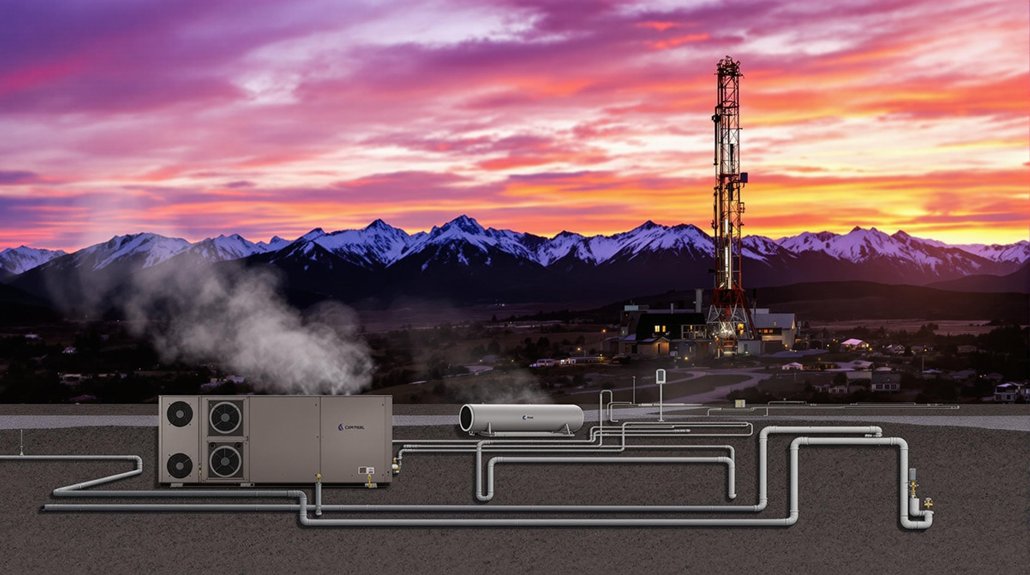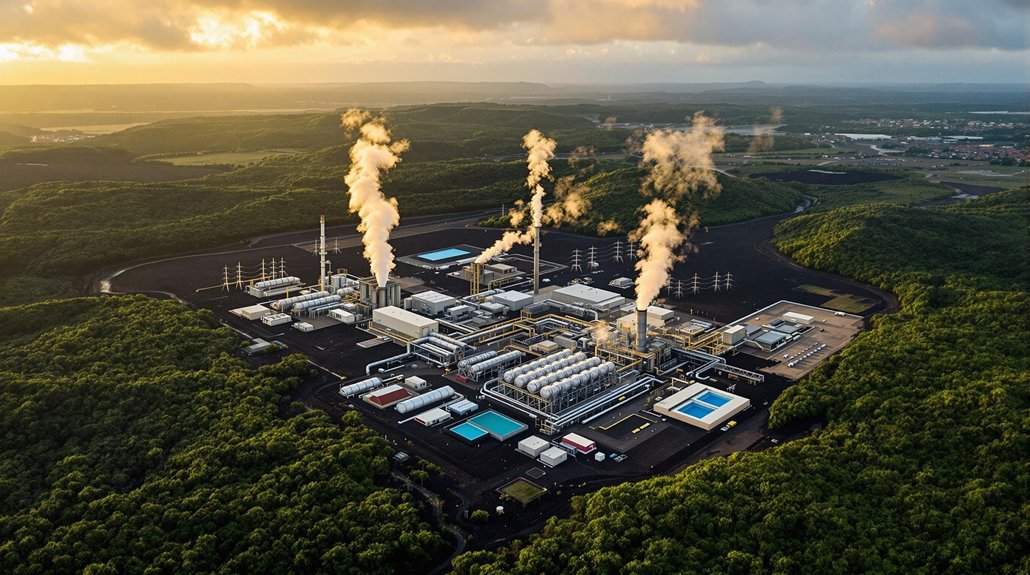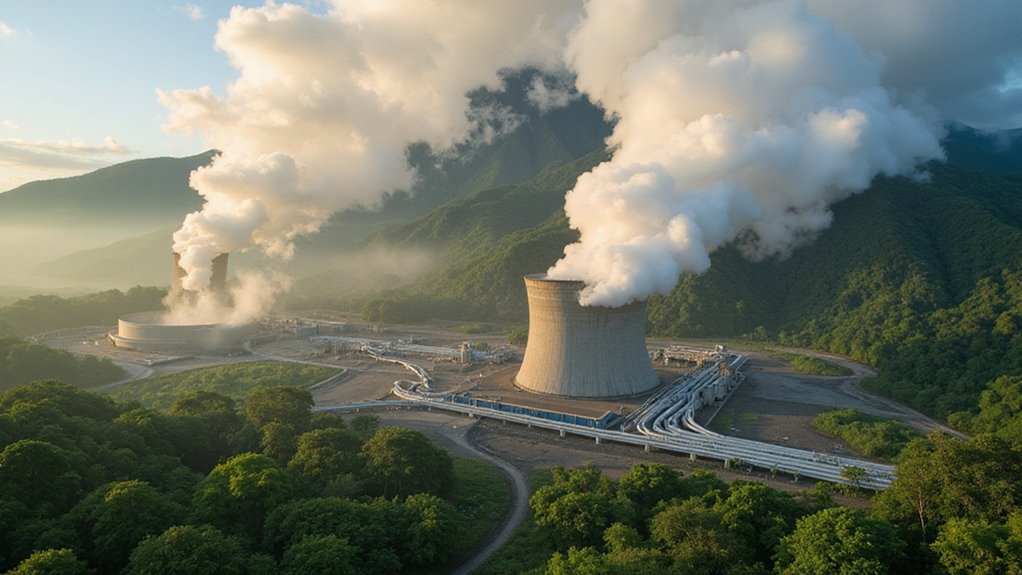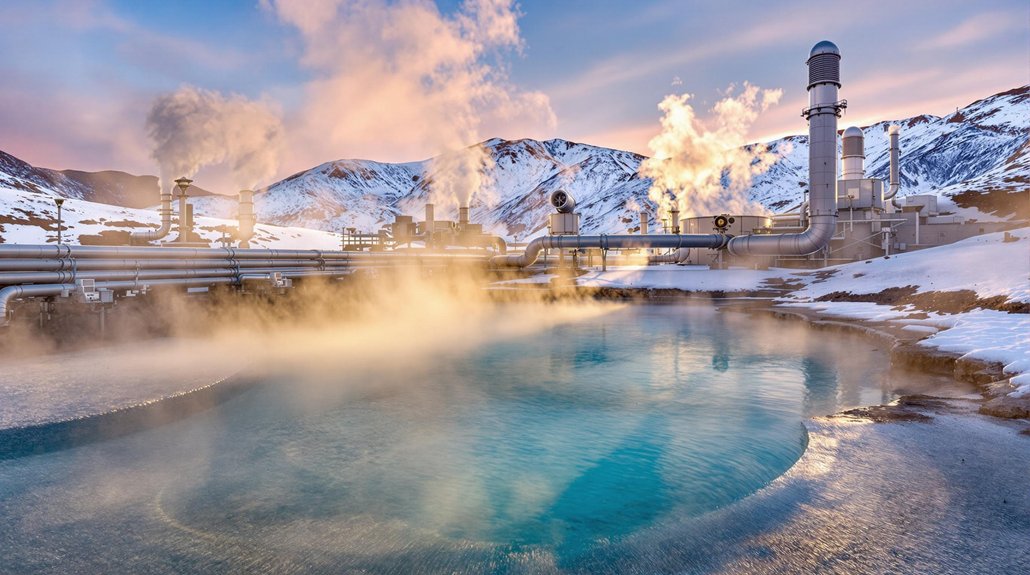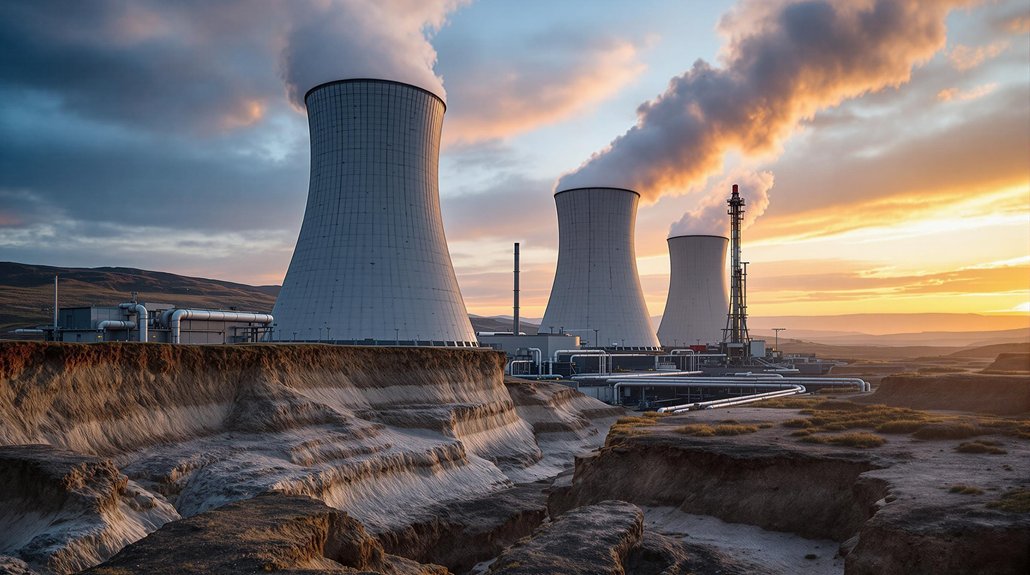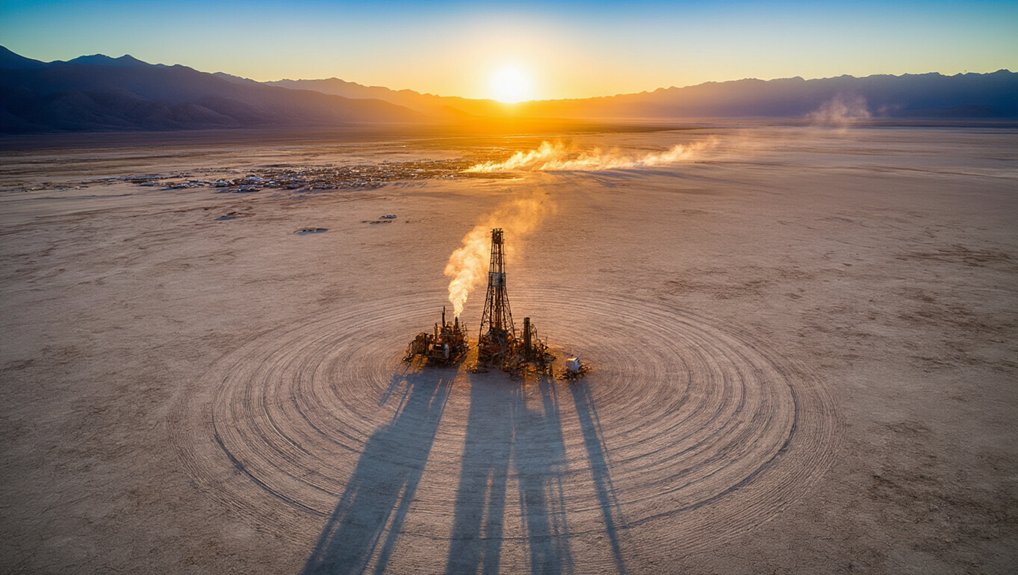Colorado’s government has invested $14.4 million in geothermal energy projects across the state. The money supports various initiatives from home heating to university systems. Lennar plans to build 1,500 homes with geothermal heat pumps, while Colorado Mesa University will expand its existing system. This funding aims to create jobs, grow the private sector, and help Colorado meet its climate goals. Which communities will benefit most from this renewable energy push?
How is Colorado working to expand its renewable energy options? The state has recently invested $14.4 million in geothermal energy projects across Colorado. This funding, distributed through the Geothermal Energy Grant Program and the Geothermal Energy Tax Credit Offering, supports both research initiatives and infrastructure development.
The investment is funding 16 different geothermal studies and projects that span various sectors. Recipients include local governments, school districts, residential communities, and facilities like medical campuses and wastewater treatment plants. Some of these projects, such as Pueblo’s fire stations, aim to achieve net-zero emissions using geothermal technologies.
Geothermal energy systems provide reliable heating and cooling while reducing greenhouse gas emissions. They work by utilizing the stable temperatures found underground compared to fluctuating outdoor air. They’re an important part of Colorado’s strategy to meet climate targets and lower energy costs for residents. These systems work well alongside wind and solar power, helping to create a more stable electric grid.
The state’s financial incentives make geothermal energy more accessible. The tax credit program offers refundable credits that can offset up to 30% of investment costs, with a cap of $5 million per project. Additionally, Xcel Energy’s Clean Heat Plan provides rebates for geothermal improvements, further reducing costs for homeowners and developers.
Several major projects are already underway. Lennar plans to build 1,500 homes with geothermal heat pumps over the next two years, while Colorado Mesa University is expanding its existing geothermal system. Researchers are also exploring innovative uses for geothermal energy, such as repurposing depleted oil wells. The economic impact is substantial, with geothermal installations creating local jobs in construction and ongoing maintenance sectors.
The investment is expected to trigger an additional $100 million in private geothermal development across the state. Projects range from single-building systems to larger thermal energy networks that can serve entire communities. Will Toor, Executive Director of the Colorado Energy Office, emphasizes that geothermal technology offers minimal pollution during heating and cooling processes.
As the second cycle of funding begins, the focus is shifting toward larger installations that can make an even bigger impact on Colorado’s energy landscape.
